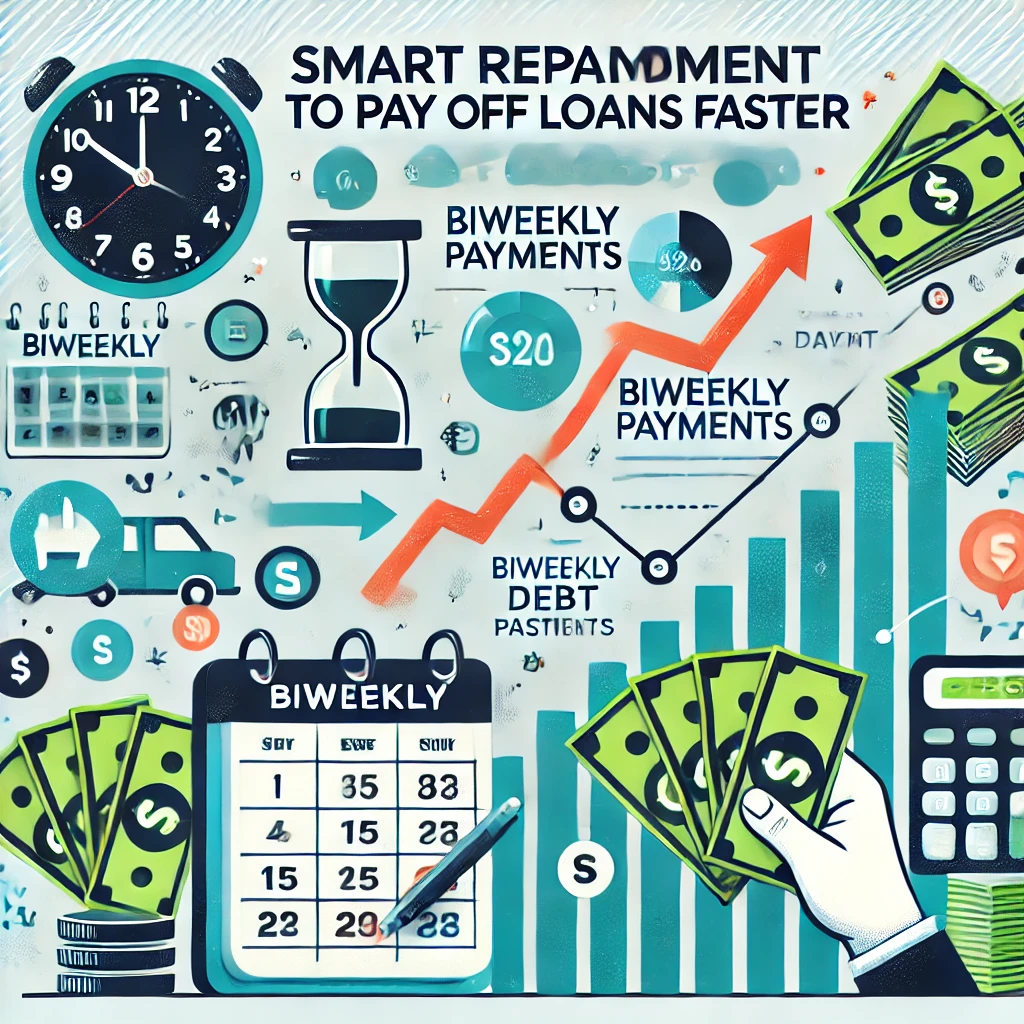Congratulations on taking the leap towards homeownership! As a self-employed individual, you navigate a different financial landscape than those with traditional jobs. Securing a home loan might seem trickier, but with the right knowledge and preparation, you can snag fantastic rates. This guide dives deep into the world of home loans for the self-employed, empowering you to find the perfect fit for your dream home.
Understanding the Playing Field
Why Might Rates Differ?
Traditional lenders rely on pay stubs to verify income stability. Since self-employed folks don’t have those, lenders might view your income as less predictable. This can lead to slightly higher interest rates compared to salaried applicants. However, it’s not all doom and gloom! By presenting strong financial documentation, you can demonstrate your income’s reliability and qualify for competitive rates.
What Lenders Look For
Here’s what lenders typically want to see:
- Tax Returns: For most lenders, two years of self-filed tax returns are a must. These show your income history and tax liabilities.
- Profit and Loss Statements (P&Ls): These detailed documents break down your business income and expenses, providing a clear picture of your financial health.
- Bank Statements: Business and personal bank statements showcase your cash flow and spending habits.
- Credit Score: A healthy credit score (usually above 670) reassures lenders of your responsible borrowing history.
Types of Self-Employment
Different types of self-employment can affect the loan application process:
- Sole Proprietors: The business and owner are legally the same. You’ll use your personal tax returns for income verification.
- Partnerships: Similar to sole proprietorships, but with multiple owners. Each partner needs to provide personal tax returns.
- Limited Liability Companies (LLCs): These separate your personal finances from the business. You might need to show both personal and business tax returns, depending on the lender.
Building a Strong Application
Get Organized Early
Start gathering your documents at least three months before applying. Ensure your tax returns and P&Ls are up-to-date and reflect a healthy income trend. Consistent income over the past two years is ideal.
Clean Up Your Credit
Request a free credit report and address any errors. Aim for a credit score above 670. Consider paying down existing debts to improve your debt-to-income ratio (DTI).
Save for a Bigger Down Payment
A larger down payment (generally 20% or more) lowers your loan amount and demonstrates financial commitment. This can translate to lower interest rates and better loan terms.
Consider Additional Documentation
Strong documentation goes a long way. If you have contracts with regular clients or positive customer reviews, include them in your application package to showcase stable income sources. Industry awards or certifications can also be helpful.
Explain Income Fluctuations (optional)
If your income has fluctuated in the past, be prepared to explain the reasons. Temporary business downturns or industry-specific slow seasons are understandable. However, a clear upward income trend is crucial.

Finding the Right Lender
Traditional vs. Online Lenders
- Traditional Lenders: Banks and credit unions often offer competitive rates but might have stricter requirements for self-employed borrowers. Building a relationship with a local lender can be beneficial.
- Online Lenders: These often cater to self-employed individuals and might have more flexible qualification processes. However, interest rates might be slightly higher compared to traditional lenders.
Shop Around and Compare
Don’t settle for the first offer you receive. Get quotes from multiple lenders, both traditional and online. Compare interest rates, fees, loan terms, and any prepayment penalties.
Consider a Mortgage Broker
Mortgage brokers act as intermediaries, connecting you with lenders and negotiating on your behalf. They can save you time and effort by finding the best possible loan options for your situation.
Ask the Right Questions
Don’t hesitate to ask questions when communicating with lenders. Here are some key inquiries:
- What are your minimum income requirements for self-employed borrowers?
- What types of documentation do you need?
- What is the current interest rate for a loan with my qualifications?
- Are there any origination fees or prepayment penalties?
Additional Tips for Success
Be Transparent and Upfront
Provide complete and accurate information throughout the application process. Don’t try to hide any income or financial hiccups. Transparency builds trust with lenders.
Focus on Building Business Strength:
- Develop a Business Plan: A solid business plan demonstrates your vision for the future. It showcases your strategies for growth and financial stability.
- Separate Business and Personal Finances: Maintain clear separation between your personal and business accounts. This helps lenders understand your true income picture.
- Diversify Your Income Streams: If possible, explore ways to diversify your income sources. This reduces reliance on a single client or project and strengthens your overall financial position.
Think Long-Term:
- Project Future Income: While lenders primarily focus on past tax returns, provide projections for future income if applicable. This demonstrates confidence in your business’s growth potential.
- Consider Fixed-Rate Mortgages: With a fixed-rate mortgage, your interest rate remains constant throughout the loan term. This shields you from potential future interest rate hikes, offering long-term stability.
- Plan for Retirement Savings: While securing a home is a big win, don’t neglect your retirement savings. Explore self-employed retirement plans like IRAs or SEP IRAs.
Embrace Technology:
- Accounting Software: Invest in user-friendly accounting software. It streamlines record-keeping, simplifies tax preparation, and provides lenders with accurate financial data.
- Online Banking Tools: Utilize online banking tools to manage your business finances effectively. This demonstrates organized financial practices to lenders.
You can also read : Mortgage Broker Cost Breakdown – Everything You Need to Know
Conclusion
Owning a home as a self-employed individual is a fantastic achievement. With careful planning, strong documentation, and a strategic approach, you can secure a home loan with competitive rates. Remember, the key lies in showcasing your financial stability and future earning potential.
Here’s a quick recap:
- Start Early: Gather documents and prepare your finances well in advance.
- Boost Your Credit Score: A healthy credit score is crucial for securing favorable loan terms.
- Increase Your Down Payment: A larger down payment translates to lower loan amounts and potentially better rates.
- Shop Around and Compare: Don’t settle for the first offer. Compare rates and terms from multiple lenders.
- Consider a Mortgage Broker: A broker can save you time and effort by finding the best loan options for you.
- Be Transparent and Upfront: Complete honesty builds trust with lenders.
- Focus on Business Strength: A strong, well-planned business inspires confidence.
- Think Long-Term: Project future income growth and consider fixed-rate mortgages for stability.
- Embrace Technology: Technology simplifies record-keeping and showcases financial organization.
By following these steps, you can navigate the home loan process with confidence and unlock the door to your dream home. Remember, self-employment shouldn’t be a barrier to homeownership. With the right preparation and approach, you can find the perfect loan and become a proud homeowner.




